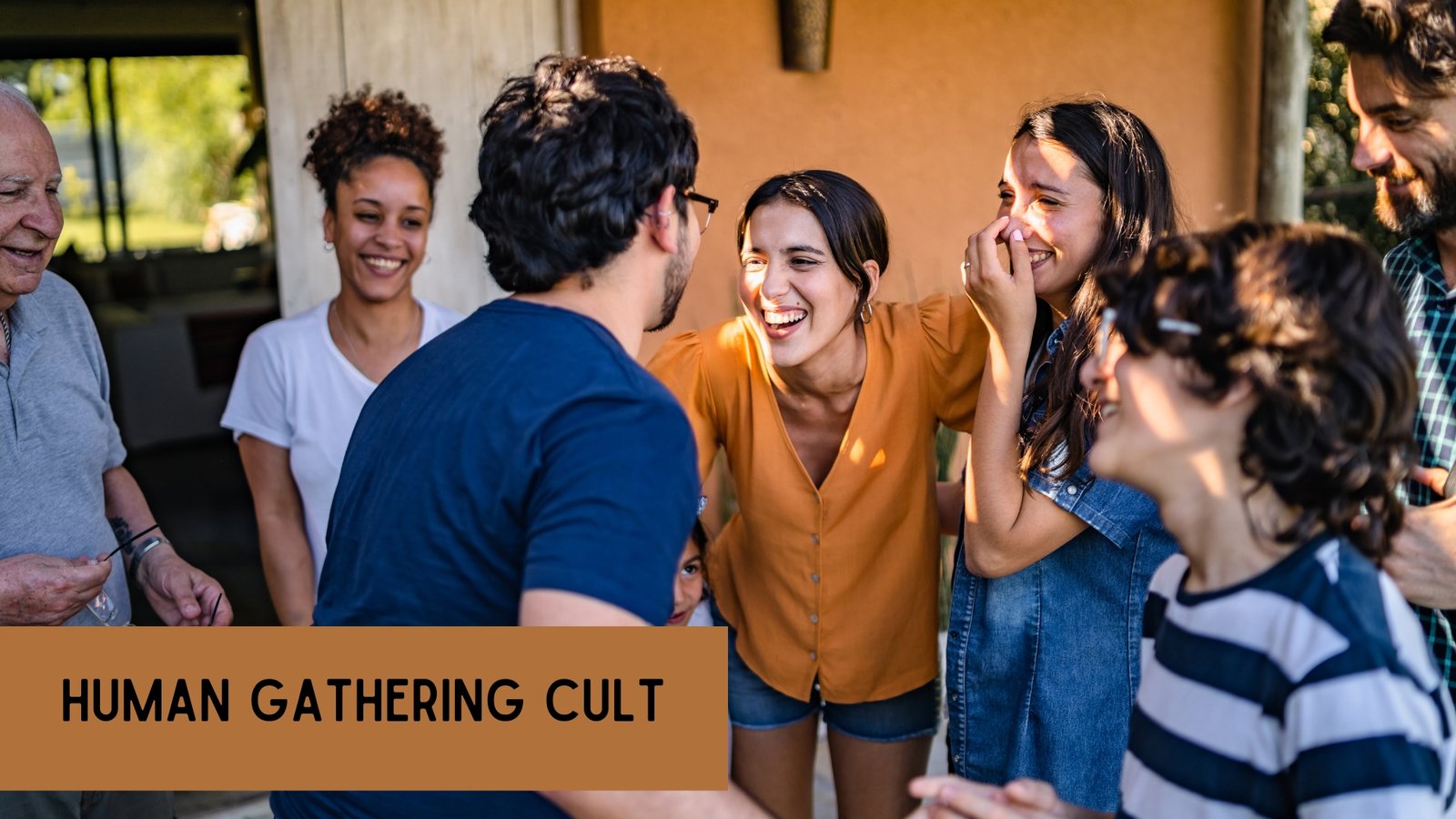Introduction
Human gathering cults have long fascinated scholars, sociologists, and the general public. These groups, often shrouded in mystery and controversy, have played a significant role in shaping cultural, religious, and social landscapes throughout history. But what exactly defines a human gathering cult? Why do people join them, and what impact do they have on individuals and society as a whole? This article delves into the intricate world of human gathering cults, exploring their rituals, beliefs, and the psychological and social factors that drive their formation and sustain their existence.
Understanding Human Gathering Cults
A human gathering cult can be broadly defined as a group of individuals who share a set of beliefs or practices that are often seen as unorthodox or outside the mainstream. These groups typically revolve around a charismatic leader or a central ideology, and their activities can range from harmless social gatherings to more extreme and sometimes dangerous behaviors. The term “cult” itself carries a negative connotation, often associated with manipulation, coercion, and abuse. However, it’s essential to recognize that not all cults fit this stereotype, and many operate within legal and ethical boundaries.
The Role of Rituals
Rituals are at the heart of many human gathering cults. These practices serve several purposes: they reinforce the group’s beliefs, create a sense of unity among members, and establish a structured environment that differentiates the cult from the outside world. Rituals can vary widely depending on the cult’s ideology and goals. Some may involve simple communal activities like group prayers, meditation sessions, or shared meals. Others might include more elaborate ceremonies, such as initiation rites, symbolic sacrifices, or ecstatic dance and music performances.
The Psychology Behind Cult Membership
Understanding why individuals join and remain in human gathering cult requires examining the psychological and social factors at play. One significant factor is the search for meaning and purpose. Many people are drawn to cults during times of personal crisis or when they feel disconnected from mainstream society. Cults often promise answers to life’s big questions, offering a sense of direction and fulfillment that members may struggle to find elsewhere.
The Social Impact of Human Gathering Cults
The impact of human gathering cults on society can be both positive and negative. On the positive side, some cults provide a sense of community and support for individuals who feel marginalized or lonely. They can foster close-knit relationships and offer a structured environment that helps members find stability and purpose.
However, the negative consequences of cults cannot be ignored. In extreme cases, cults can become dangerous, leading to psychological, physical, or financial harm to their members. High-profile cases like the Jonestown massacre or the Heaven’s Gate mass suicide highlight the potential for tragic outcomes when cults become insular and dogmatic. Additionally, the manipulation and control exerted by cult leaders can strip individuals of their autonomy, leading to long-term psychological trauma.
Conclusion
Human gathering cults are complex social phenomena that reveal much about the human desire for belonging, purpose, and meaning. While some cults operate within ethical boundaries and provide a sense of community, others can lead to dangerous and harmful behaviors. By understanding the rituals, psychology, and social impact of these groups, we can better recognize the factors that drive their formation and sustain their existence. This awareness is crucial for addressing the potential dangers associated with cults while acknowledging the underlying human needs they seek to fulfill.
